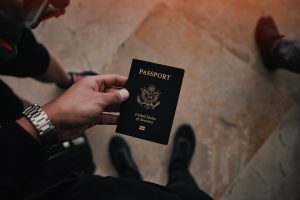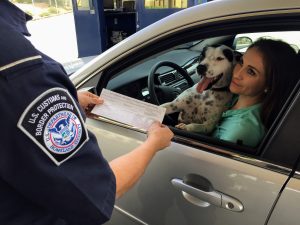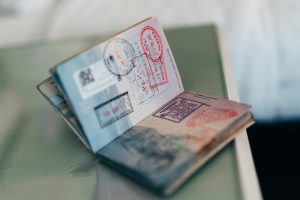In Part 1 of this blog, we provided common questions and answers about the L-1 visa for intracompany transferees, including details about the visa itself as well as eligibility requirements for the employers and the employees seeking to utilize this temporary business immigration tool.
Click here to check out Part 1.
As we explained in our last blog, the L-1 visa is for managerial/executive employees, and employees with specialized knowledge, who work for companies that have at least one office abroad and one in the US that maintain either a parent, subsidiary, branch, or affiliate relationship.
Today, we will provide some more common questions and useful answers regarding the L-1 visa. For more information, please do not hesitate to reach out to the law office of Saleh and Associates.
How long is an L-1 visa good for?
The duration of stay varies depending on whether the employee is applying for an L-1A visa or and L-1B visa. L-1A visas for executives and managers have an initial period of stay lasting up to three years, which can be renewed in two-year increments up to a total maximum stay of seven years. L-1B visas for employees with specialized knowledge have an initial period of stay lasting up to three years, which can also be renewed in two-year increments but only up to five years total. However, if the employee is entering the US in order to establish a new office, whether as an L-1A or L-1B employee, he or she will only be granted a maximum initial period of stay of one year.
Are there special guidelines if the L-1 employee is establishing a new office?
In addition to the aforementioned shorter initial period of stay, the employer must demonstrate for both the L-1A and the L-1B visa that it has secured sufficient physical premises to house the new office. For L-1A visas, the employer must also demonstrate that:
- The employee has been employed as an executive or manager for one continuous year within the three years preceding the filing of the petition; and
- The intended U.S. office will support an executive or managerial position within one year of the approval of the petition.
Finally, for L-1B visas, the employer must also demonstrate that it has the financial capabilities to support paying the specialized employee and to begin conducting business in the US.
How does one obtain an L-1 visa?
In order to obtain an L-1 visa, the U.S. employer must file an L-1 nonimmigrant petition with the U.S. Citizenship and Immigration Services on behalf of the employee. If the petition is approved, the employee can apply for the L-1 visa at the US Consulate where he or she resides.
Can family members accompany an L-1 employee?
Yes. The spouse and any children under the age of 21 may accompany or follow either category of L-1 employee. They will be granted access to the US with an L-2 visa and generally may remain in the US for the same duration as the L-1 employee, including any extensions.
Can an L-2 visa holder work in the US?
Spouses of qualifying L-1 workers may apply for work authorization in the US, and there are no restrictions on the type of work the spouse can do in the US.
If your company is interested in sending executives/managers or employees with specialized knowledge to a currently operating office in the US, or to establish a new office in the U.S., please contact the law offices of Saleh & Associates for legal assistance regarding the L-1 process. And please don’t forget to check out Part 1 of this blog for more useful questions and answers about the L-1 intracompany transferee visa.







